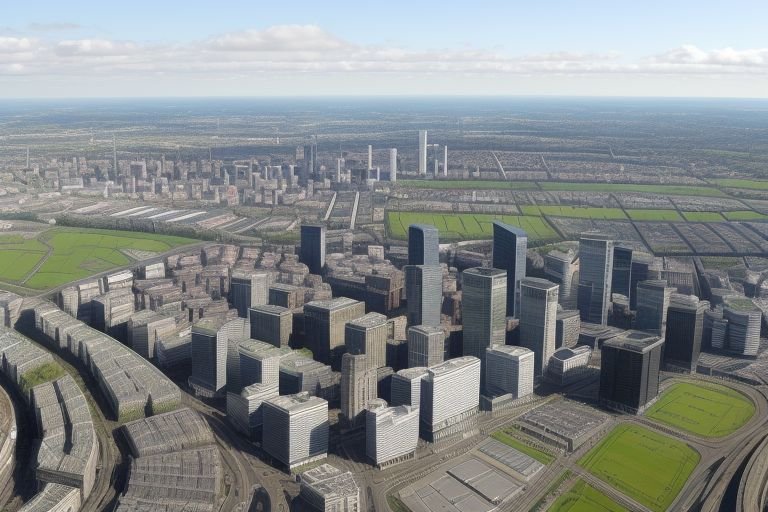Manchester City Council has today launched a new comprehensive climate change strategy that lays down the course for Manchester to reach net zero emission by 2038. This has been in the pipeline for more than a year and provides a roadmap of profound measures to radically transform London into a climate-change compliant city for its population.
The central part of the plan is made up of an agreement to develop Manchester’s transport networks. The council has recently stated it will vastly increase the size of the cycling infrastructure across the city over the next five years, targeting to nearly double the number of cycle lanes within this period. Also, there are solutions to purchase a fleet of electrical buses and the idea of increasing the scope of trams within the threshold of St. Petersburg.
It also provides a way to deal with energy efficiency of structures; both residential and commercial. A retrofit across the city needs to be initiated and this implies giving homeowners and businesses incentives to insulate their building and install reneawble energy systems. Delivering increasing levels of time to these homes each year, the council has aimed at securing 10,000 homes a year, with Social housing and areas of deprivation being priorities.
Another important emphasis of the strategy is green spaces. The council has pledged to plant one million trees around the city in the next ten years, and new parks, as well as turning blank areas into local green spaces. This mission is thus not only to become a carbon sink but also to address air quality challenges as well as to boost the evolution of species in the urban fabric.
Environmental organisations have responded positively to the plan, pointing to its scope and the fact that it meets the measures laid down by EU legislation. However, some critics want development with such tight targets in the stipulated time severe especially in the current realization of economic challenges affecting local authorities.
Responding to these worries, council leader Sir Richard Leese said: “We know this is a challenging project, let alone an audacious one, but audacious is what the climate emergency requires.” In conjunction with this, we shall strive to partner with business, community and residents to ensure that Manchester becomes one of the most sustainable urban cities.
The council has also declared the setting up of a new Climate Action Board to coordinate the operations of the plan and to check if goals are being achieved. It is to coordinate with this board directly and will submit the annual reports of its performance to the council.
There are also great economic repercussions associated with the plan. For its part, the council said the measures set out in the strategy could generate up to 5,000 news working in greening industries over the next ten years. Other proposed developments include creating a green technology city where new organizations engaged in research and development of new green technologies will be located.
Another important element of the strategizing is education and community work. Together with the government and local schools and universities, the council has declared the development of climate education programs and actions to engage young people in climate activities. Proposed community workshops and events also include awareness raising on local climate action initiatives as well as consultation with the residents.
This particular strategy has been announced at a time when the global cities are exercising greater power and control in managing their climate change impacts. Manchester’s approach is being considered one of the most structural and expansive thus far, which may lay the groundwork for subsequent kinds of action plans in other cities.
However, as the city starts this transitionary process it will be interesting to see how far the success of the plan lies with the council and how far it lies with people and companies in Manchester. The future years are going to define whether such ambitious vision of the ecological city free from carbon emissions is achievable.
